Is swimming cardio?
Is swimming cardio? We speak to a swim coach to find out this full body workout could help you live longer
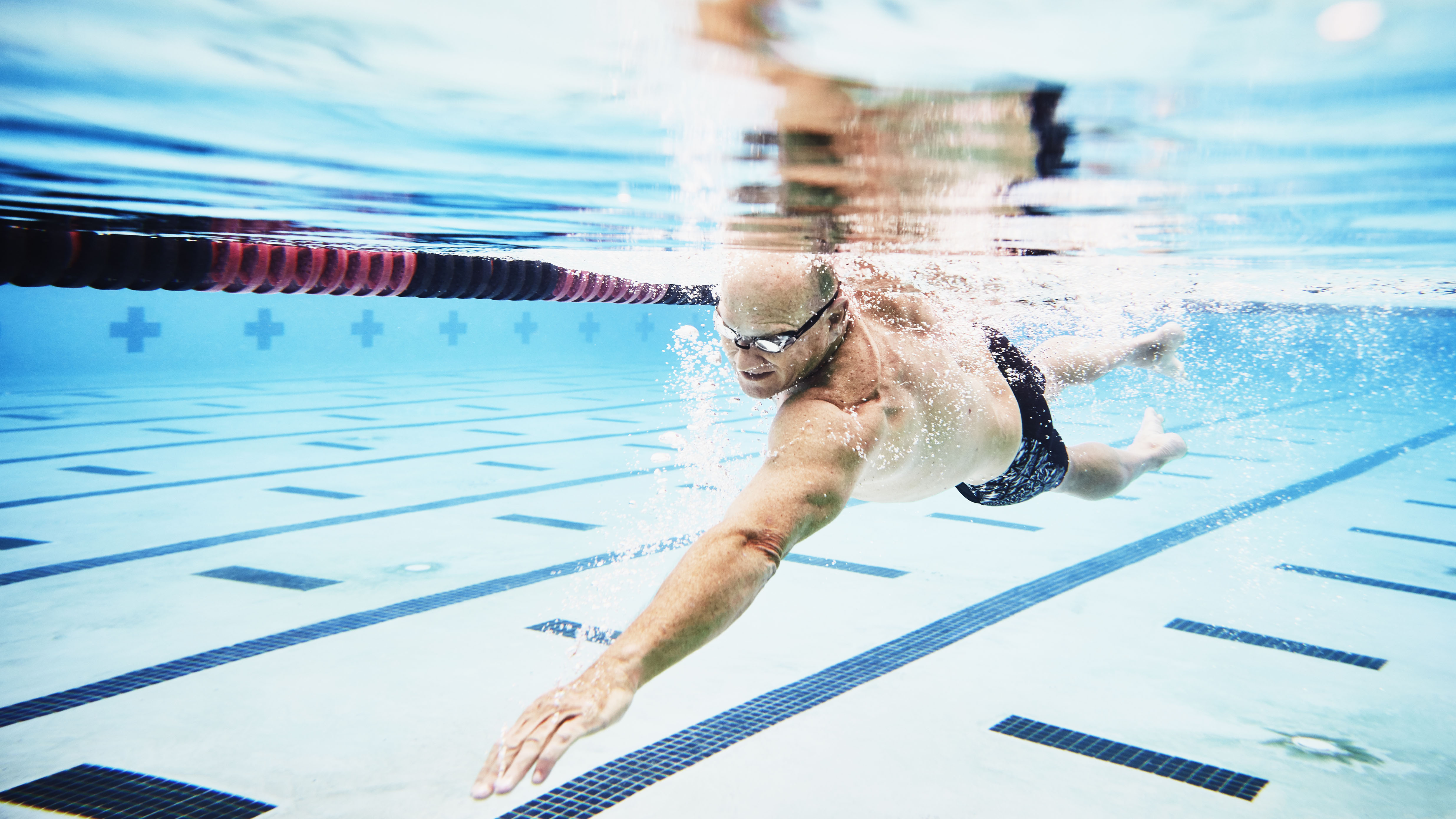

Is swimming cardio or is it considered to be a strength exercise? The answer is both but there’s no doubt swimming is a great cardiovascular workout.
When it comes to the benefits of swimming, the list is fairly long. Regular swimming can keep your body and mind healthy and active, and, as the water supports up to 90 percent of your weight, it’s low impact and easy on the joints, which means you’re at less risk of injury.
What’s more, the Swimstrong Foundation says swimming is great for improving cardiovascular fitness (your heart and lung health) and, because our blood is how we receive nutrients, it helps improve circulation and cardiac efficiency.
This in turn can reduce the risk of heart disease, stroke, type 2 diabetes, cancer and lower the chance of early death. Indeed, researchers at Indiana University Bloomington's Counsilman Center for the Science of Swimming have found that it helps you age better.
What is cardio exercise?
Cardio (or cardiovascular) exercise refers to any type of workout that increases your heart and keeps it there for a prolonged period. “It’s also known as aerobic exercise because it uses the aerobic energy system whereby the body's intake of oxygen is used to facilitate movement,” says Simon Bennett, co-founder of TRI-FIT Athletic and an AUST Swim qualified coach.
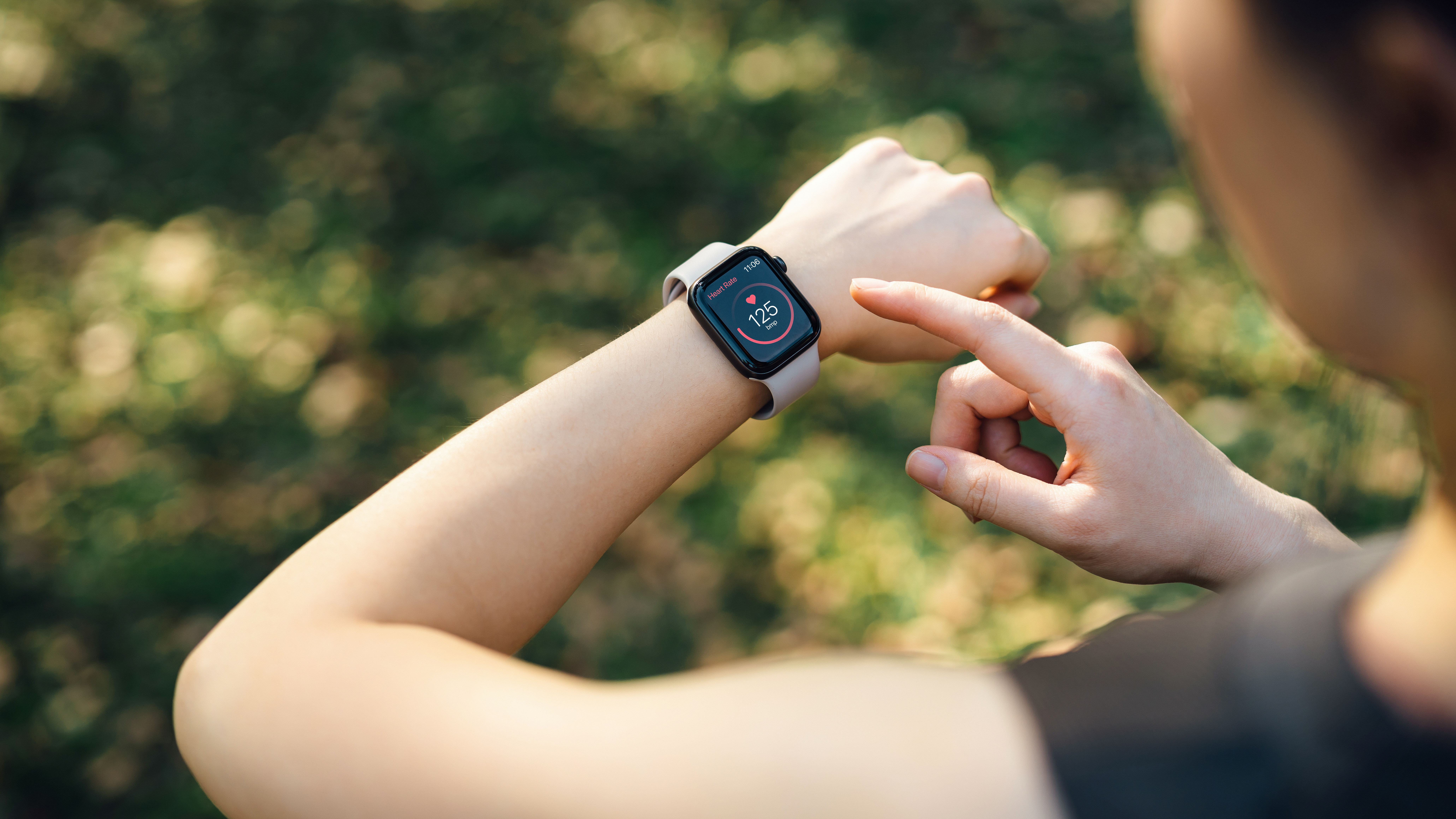
Is swimming cardio?
So is swimming cardio? “Absolutely it is,” says Bennett. “In fact, it would be deemed one of the hardest form of cardio exercise for these two main reasons:
“For each stroke style (freestyle/front crawl, breaststroke, butterfly or backstroke) you are using every muscle and joint in the body. Unlike cycling, for example, where the focus is more on the lower body.
Get the Fit&Well Newsletter
Start your week with achievable workout ideas, health tips and wellbeing advice in your inbox.
“You don't technically 'hold' your breath, however you don't breathe as freely as you do when performing land-based cardio exercise. This is due to the nature of having to submerge your face underwater to perform an efficient swimming technique in between receiving oxygen (breathing in).
“Saying that, you also need to be aware that swimming can also be 'anaerobic', which is where the body utilizes stored glycogen (sugar) from the muscle tissue or the liver to produce energy/movement. This is done in the higher intensity zones of the exercise.”
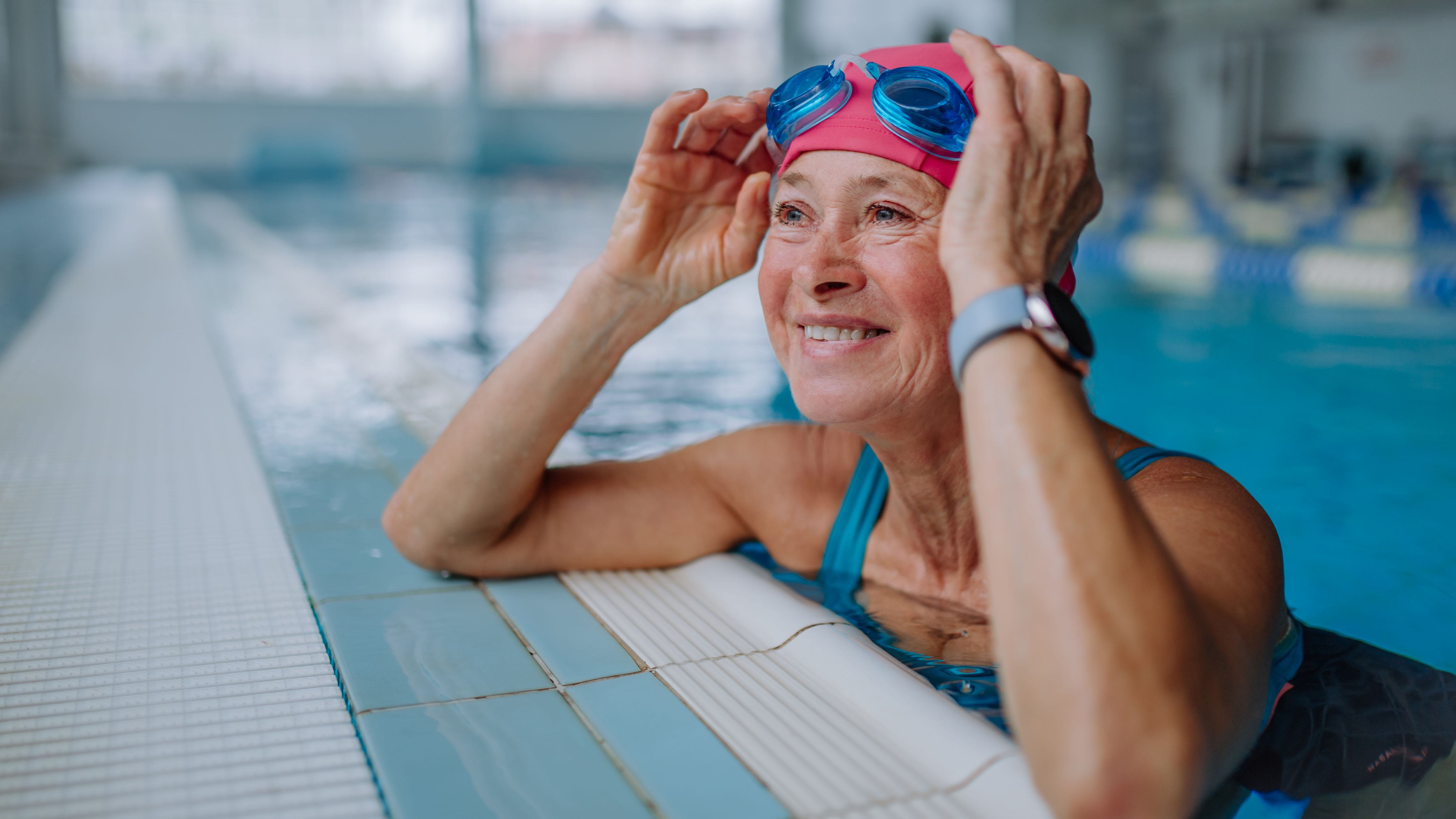
What are the benefits of regular swimming sessions?
So what are the benefits of swimming? First of all, it offers a full body workout, having a similar effect to using the best exercise machines to lose weight. It has no age limit and it can be enjoyed by all fitness abilities. It’s also low impact and takes some of the impact stress off your body because your weight is supported by the water – reducing the load on your joints.
“Any kind of cardio training has a positive effect on the cardiovascular system,” says Bennett. “The main benefit of swimming is strengthening the heart and lungs and their ability to function efficiently. With a strong and healthy heart, you dramatically reduce the risk of life-threatening illnesses like heart disease.
“Then there's the calories burnt during swimming. As we know, swimming requires every joint and muscle in the body to be working together, which means the energy demands are high. With high energy demands also comes high calorie burn. So, if you're looking to keep fit and lose some unwanted body fat then swimming will certainly burn the calories.”
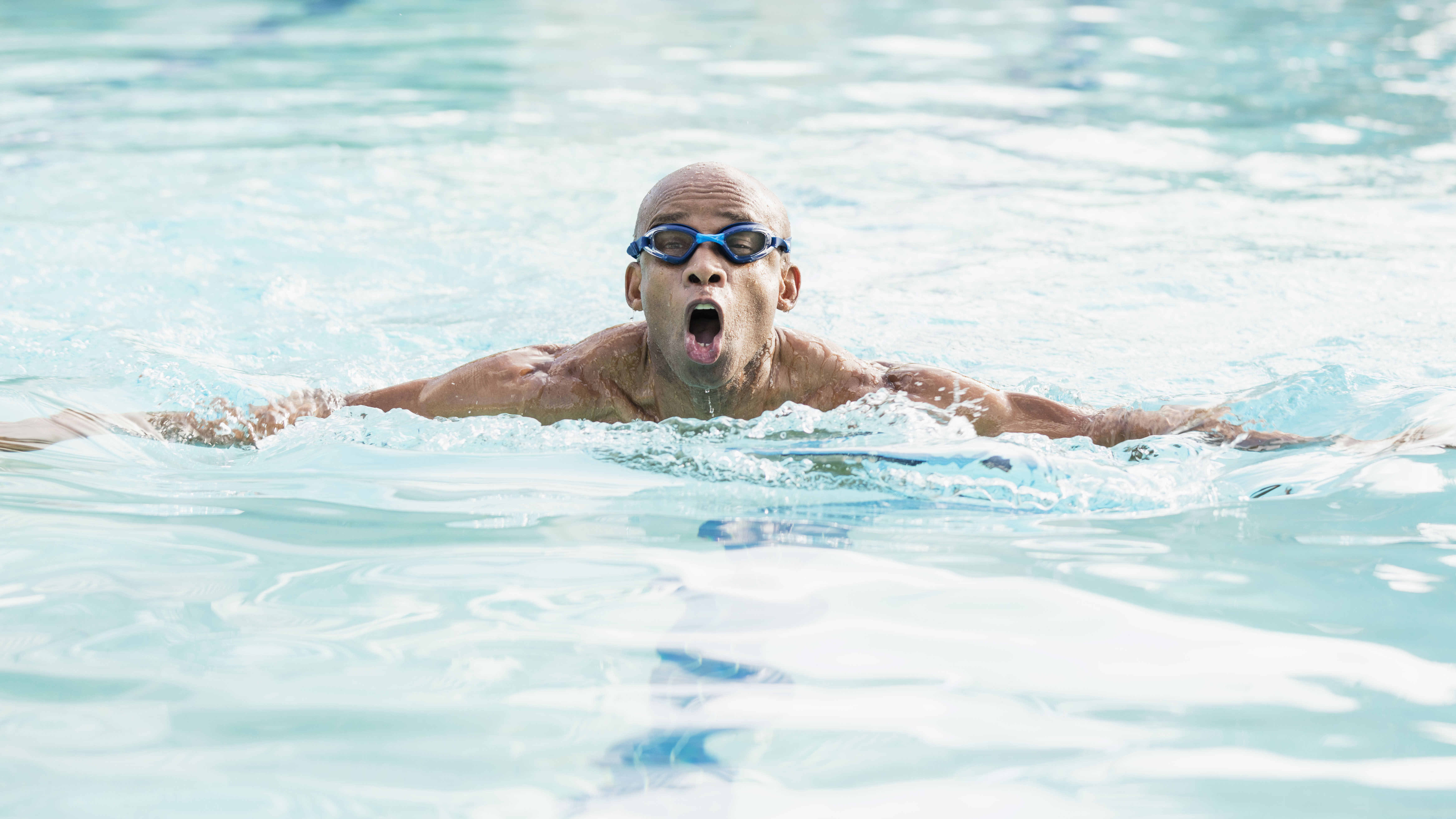
Swimming regularly also helps to build endurance and muscle strength. It could also help you recover quicker from injury, according to a study in the Journal of Rheumatology.
And that’s before you get started on the benefits to mental health. Swimming is a great stress buster and, like all exercise, it can release feel good endorphins in your brain lifting your mood. Swimming outdoors gives an added boost to mental health by virtue of being among nature. This has been shown to reduce feelings of anxiety and depression, according to the American Psychological Association.
Wondering if you can do this all on the cheap? Read our piece on how to get started with wild swimming if you fancy exploring the outdoors for free.
How to get started with swimming
Bennett says: “If you weren't fortunate enough to learn to swim as a child, then fear not… the first thing you should do is get lessons. Find a local swim center and sign up for the beginner classes. There will be child and adult classes there and you can commit to a term or a block.
“Once you've got confidence in your ability to swim, then decide what you want to do with your swimming. Open water? Triathlon? Racing? Or just general fitness. The path to each will have their own set of styles and commitment levels. For example, for triathlon swimming you'll learn the art of 'sighting' while swimming, which is a technique used to ensure you're swimming towards a particular marker in the water and in a straight line.
“The main thing about getting started with swimming is to just have fun and enjoy it! Improving your health through physical exercise will always be rewarding. Invest in a good kit and challenge yourself whenever you can.”
Maddy Biddulph is a freelance journalist specializing in fitness, health and wellbeing content. With 26 years in consumer media, she has worked as a writer and editor for some of the bestselling newspapers, magazines and websites in the US and UK.
She is also a qualified L3 personal trainer and weight loss advisor, and helps women over 40 navigate menopause by improving their physical and mental strength. At Maddy Biddulph Personal Training, she runs one-to-one and small group training for menopausal women who want to get fit to ease symptoms and feel like themselves again.
-
 This dumbbell challenge is a great way to improve core strength, stability and balance
This dumbbell challenge is a great way to improve core strength, stability and balanceWeights at the ready
By Maddy Biddulph
-
 A yoga instructor says this style of breathing will reduce anxiety and strengthen your core. Here’s what happened when I tried it
A yoga instructor says this style of breathing will reduce anxiety and strengthen your core. Here’s what happened when I tried itBalloon breathing can boost your mood and help you engage your core
By Jennifer Rizzuto
-
 What’s the best open water swimming technique?
What’s the best open water swimming technique?Fitness Perfect your open water swimming technique and you'll be able to explore your local lakes and pools with confidence
By Maddy Biddulph
-
 The best trekking poles 2025
The best trekking poles 2025Buying guide Protect your knees and increase stability with the best trekking poles
By Harry Bullmore
-
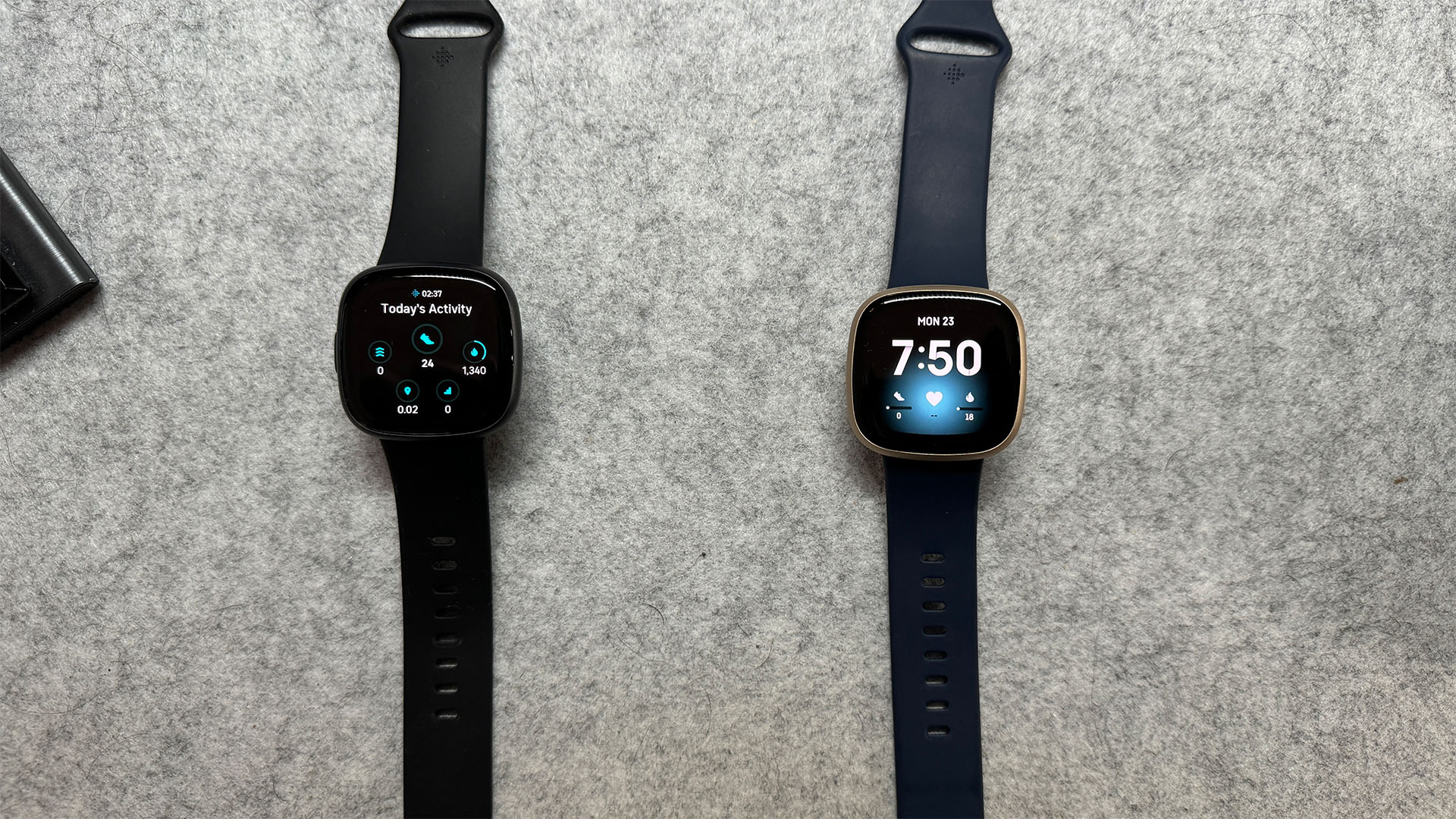 Fitbit Versa 3 vs Versa 4: here's the one I recommend buying
Fitbit Versa 3 vs Versa 4: here's the one I recommend buyingVersus There's little difference between these models, but the Versa 3 is much cheaper
By Lloyd Coombes
-
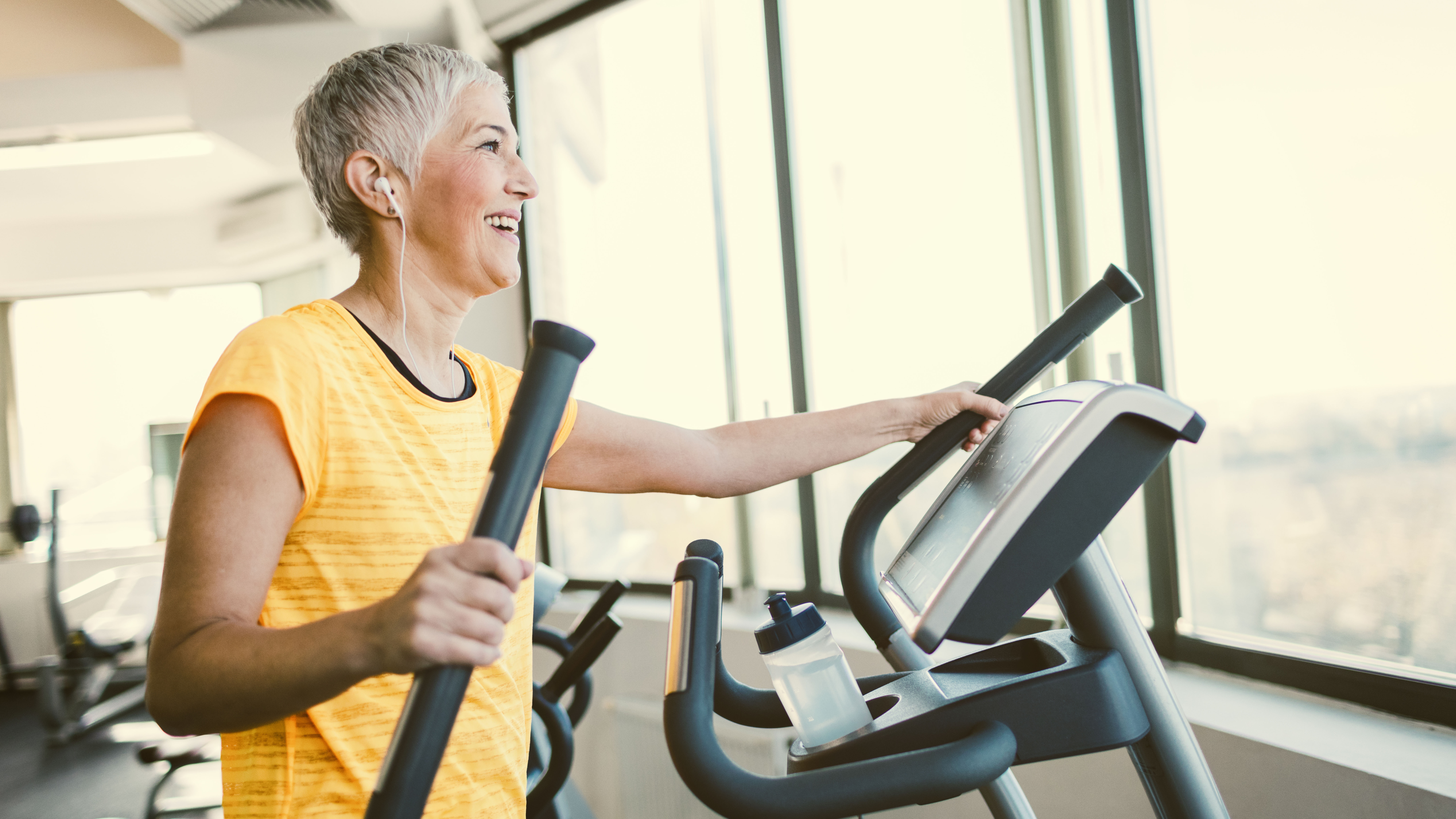 Best elliptical machines for home workouts
Best elliptical machines for home workoutsBuying guide Need a low-impact workout that’s easy on the knees? Try one of the best elliptical machines
By Sam Hopes
-
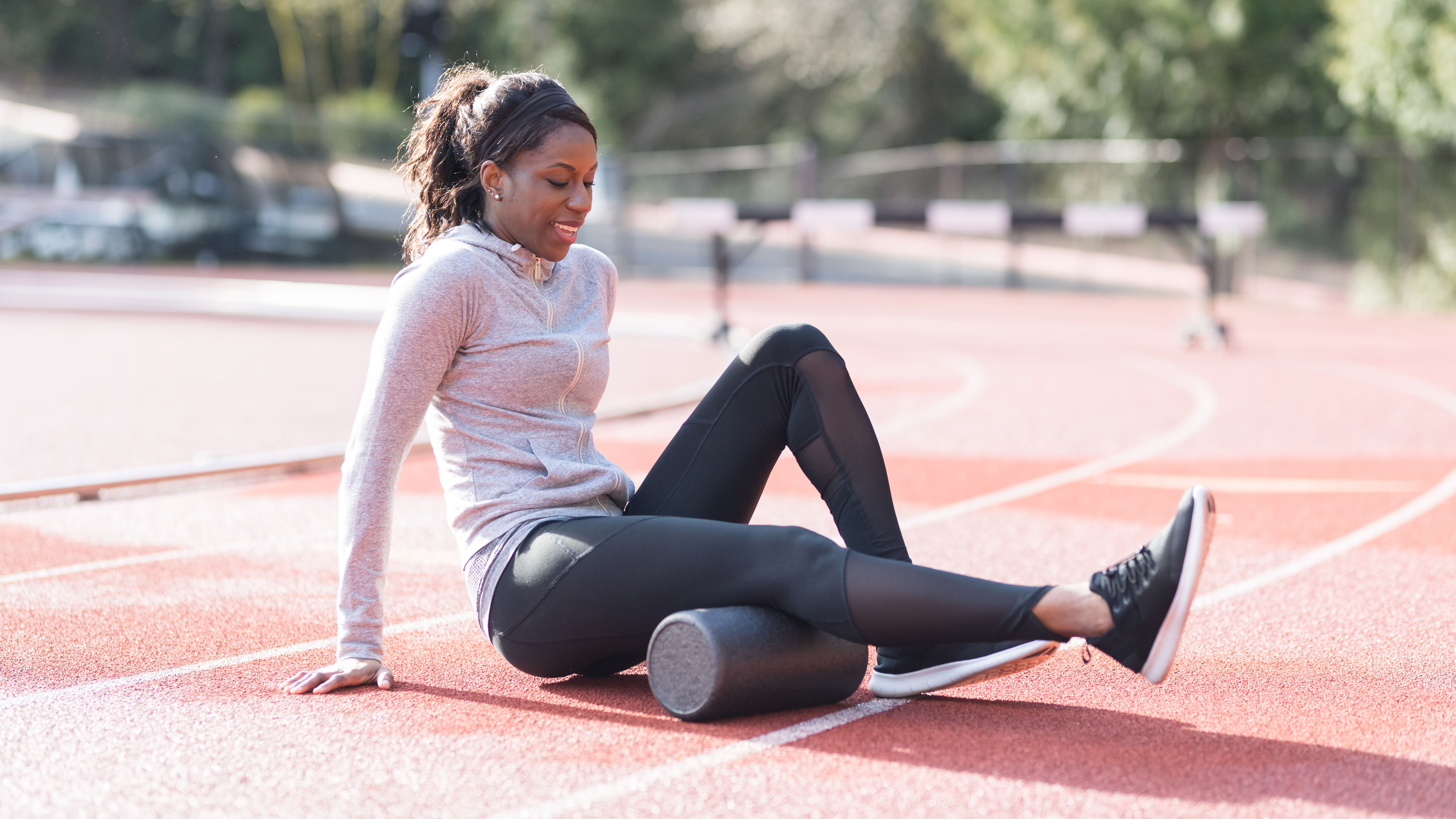 Best foam rollers for soothing sore muscles
Best foam rollers for soothing sore musclesBuying Guide Ease post-workout pain with our pick of the best foam rollers
By Harry Bullmore
-
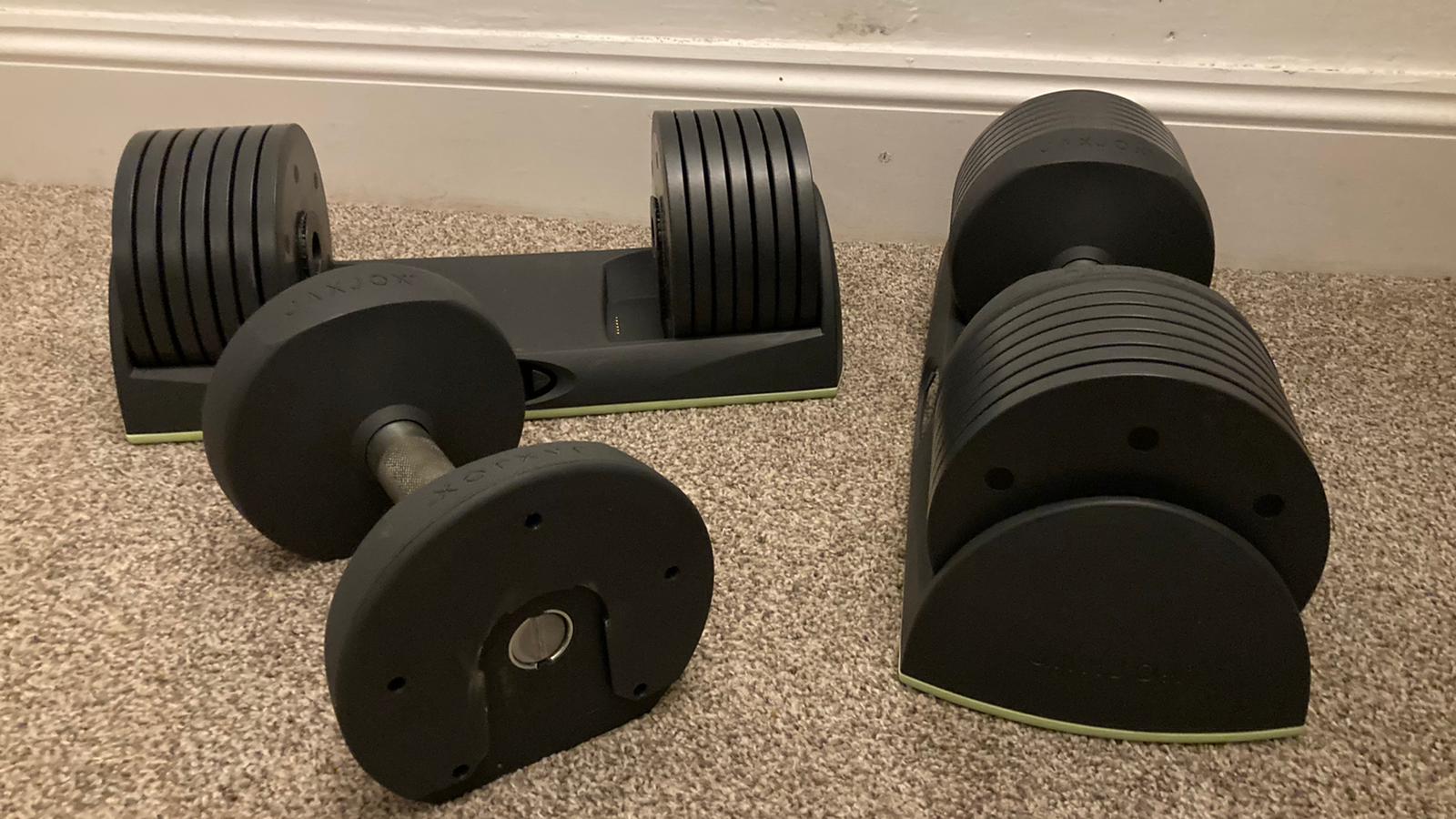 The JAXJOX DumbbellConnects have changed my home workouts forever
The JAXJOX DumbbellConnects have changed my home workouts foreverIf you want to start strength training at home, the JAXJOX DumbbellConnect adjustable dumbbells are the ultimate home workout tool
By Harry Bullmore
-
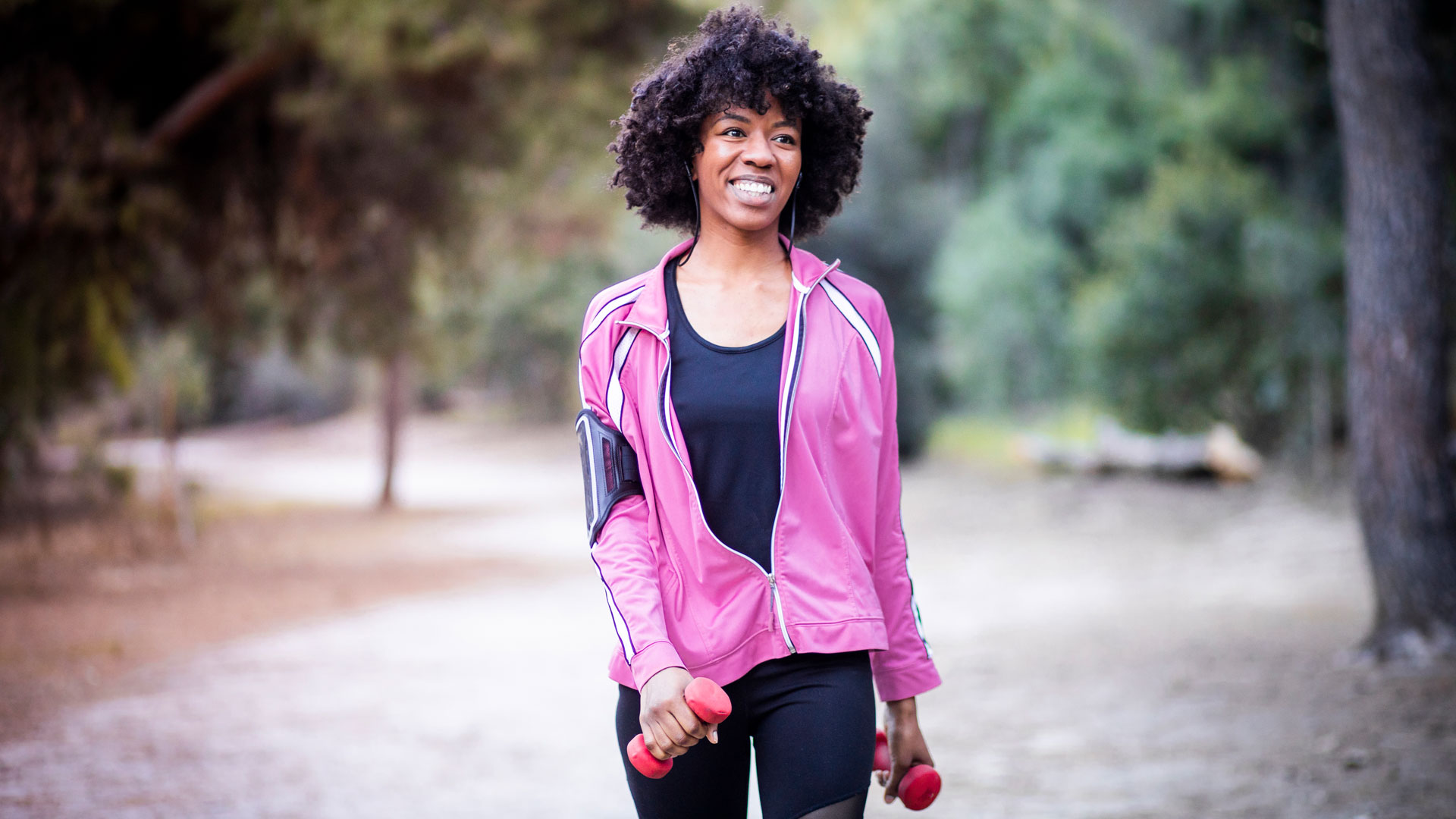 How to go walking with weights to build muscle
How to go walking with weights to build muscleFitness Try working out outside and go walking with weights for some serious health benefits
By Harry Bullmore
-
 Does hiking build muscle?
Does hiking build muscle?Fitness Does hiking build muscle? Here’s how this outdoor activity affects your strength
By Lily Canter